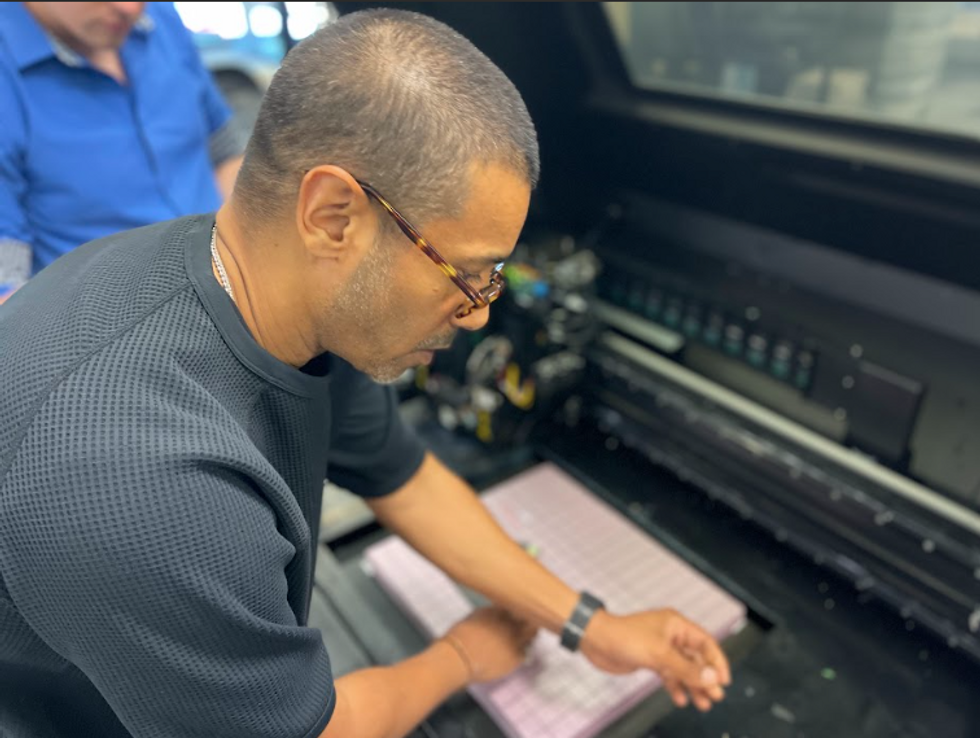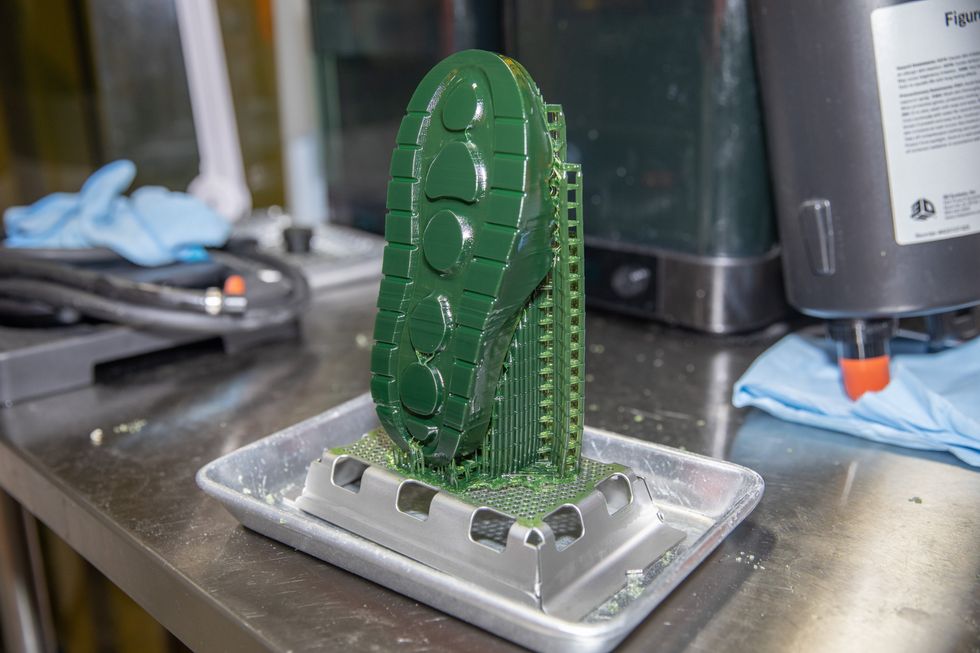On this episode of Behind Her Empire, The Clear Cut founder and CEO Olivia Landau talks about how she turned her side hustle into a business and shares how founders can leverage social media to create community and build brand awareness.
Despite growing up in a family of jewelers, Landau’s family discouraged her from getting a job in the industry because they felt the diamond business was dying.
“I never set out to be an entrepreneur or business owner,” Landau said. “I was actually told my whole life by my parents not to do that and to take a safe corporate job.
As a first generation American, Landau was taught the value of education. Her parents wanted her to have a corporate job, and while she would have loved to work in corporate for Tiffany & Co., her path to entrepreneurship came naturally.
Landau graduated from New York University in media communications, but it was her master’s at Carlsbad-based Gemological Institute of America (GIA) where she fell in love with gems.
“I'll become a graduate gemologist and maybe I will get into corporate at a big jewelry house,” she said of her thought process at the time. “So that'll be my corporate route. But I enrolled and I really fell in love with diamonds and gemstones. I guess it was in my blood all along.”
Landau landed a job at Tiffany & Co. right out of GIA school, and was introduced to the world of bridal jewelry. She then transitioned over to work at a large diamond wholesale company to get more hands-on experience, and learned there that most people don’t know anything about buying a diamond.
Landau launched Clear Cut with her husband in 2018 — a digitally native, natural diamond brand that offers a personalized selection of diamonds to customers.
“So I started Clear Cut as just an educational blog for our friends to read about before coming to work with me and then sort of posting some of the designs on Instagram,” she said. “That's where strangers started following the account. It was a lot easier to grow at that time because when you just post pretty things, people would follow you. Then they were DM'ing me asking me if I could create their custom ring so it turned into this accidental side hustle that I never anticipated.”
What started as a side hustle, rapidly became a booming business. She made the decision to go all in only if she got into an accelerator.
“I’m a very risk averse person,” Landau said. “So it took a lot of time to think about it…If we get into Techstars, I will quit my job. I wholeheartedly thought we were definitely not getting in because at that time we were not a tech company.”
To her surprise, Clear Cut was accepted into the program and the rest was history. While accelerator programs are not for everyone, Landau benefited from it immensely.
“I think for me, it was something I really needed because I never had a business background,” she said. “So it's kind of like a startup bootcamp and the best part is you're with other startup founders because starting your own business can be very, very lonely and isolating and hard, and other people may not be able to relate to you.”
Six months after the accelerator, Clear Cut raised a small round, but Landau said it was difficult to raise institutional capital after that.
“We wanted to, but it just didn’t happen and it was kind of a blessing in disguise because we have full control of our business and we're able to do whatever we want without slowing down or needing permission,” Landau stated.
Throughout her entrepreneurial journey, Landau has learned that community is one of the most important factors to having a successful business.
“We started an educational blog and the content really translated to education on social media,” Landau said. “The diamond industry is historically known for being a bit opaque. I would say previous generations would do the opposite. They would try to hold back or withhold a lot of information, which is why there’s some sort of sketchy idea about the diamond industry.”
Today, Landau is focused on creating more short form videos to help educate the community about diamonds and rings.
“On TikTok, we are able to be a little bit more raw, maybe a little cheeky or funnier,” she said. “You have more bandwidth there especially because of the way TikTok’s algorithm is.”
Whereas on Instagram, the community already follows her and knows the brand, “so it's really understanding the audience of both and who is getting your content.”
One piece of advice Landau shares with early stage founders is the power of following through with your idea.
“If you’re not embarrassed by your launch, you waited too long,” Landau said. “I’m a big believer in throwing something out there, getting feedback, continuing to iterate, get better and better because otherwise that feeling of needing everything to be perfect before you present it out into the world can hold you back.”
dot.LA Reporter Decerry Donato contributed to this post.
This podcast is produced by Behind Her Empire. The views and opinions expressed in the show are those of the speakers and do not necessarily reflect those of dot.LA or its newsroom.
Hear more of the Behind Her Empire podcast. Subscribe on Stitcher, Apple Podcasts, Spotify, iHeart Radio or wherever you get your podcasts.
- Behind Her Empire: Lisa Sequino on the ‘Light Bulb’ Moment That Launched JLo Beauty ›
- Behind Her Empire: Denise Woodard on Breaking Out of Corporate America ›
- Behind Her Empire: Anastasia Beverly Hills’ Founder on the Eyebrows That Launched an Empire ›


 Head of Innovation Satyan Gohil demonstrating how to use the 3D printer. Courtesy of FCTRY LAb
Head of Innovation Satyan Gohil demonstrating how to use the 3D printer. Courtesy of FCTRY LAb  A sample of FCTRY's prototypeCourtesy of FCTRY LAb.
A sample of FCTRY's prototypeCourtesy of FCTRY LAb.